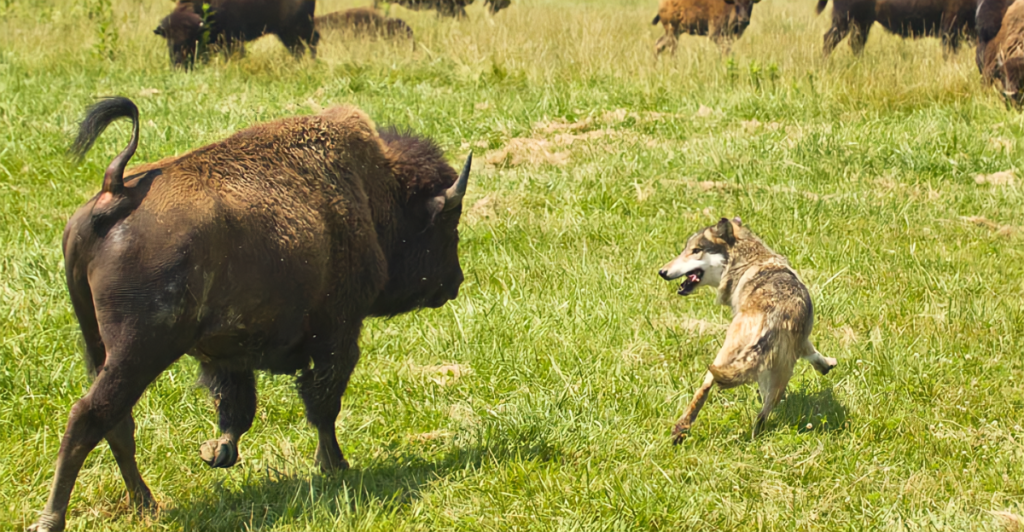
As apex predators, wolves exhibit caution or avoidance toward certain formidable animals. This behavior is influenced by potential threats these animals pose, competition for resources, or learned experiences. Understanding these interactions provides insight into the complex dynamics of ecosystems where wolves reside. Understanding these interactions highlights wolves’ complex relationships with other species in their ecosystems. These dynamics are essential for maintaining ecological balance and biodiversity.
Brown Bears: Dominant Competitors
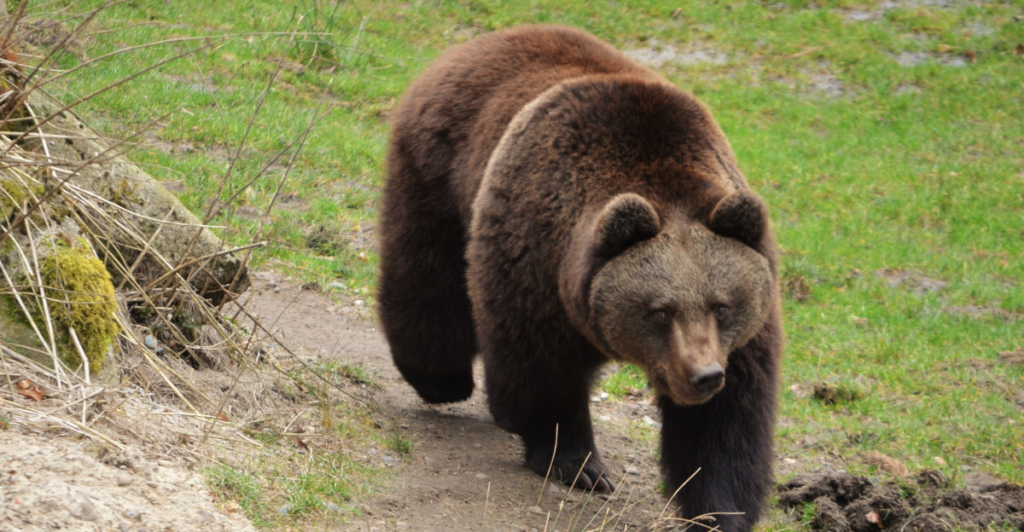
Brown bears (Ursus arctos) often dominate wolves in disputes over food sources. Their significant size and strength make them formidable opponents. Encounters between wolves and brown bears can lead to wolves abandoning kills to avoid confrontation. This competitive relationship influences the feeding behaviors and territorial decisions of wolf packs.
Siberian Tigers: Apex Predators of the Taiga
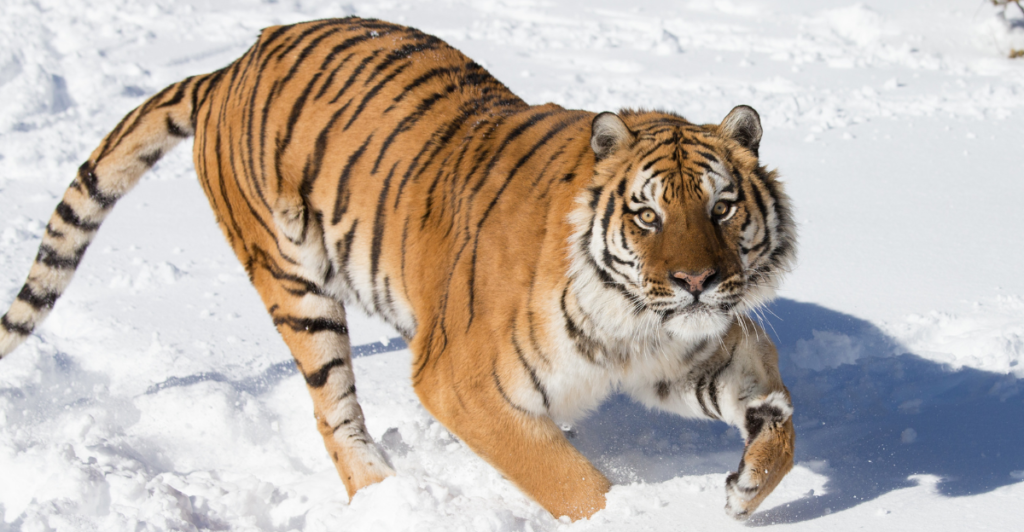
In regions like the Russian Far East, Siberian tigers (Panthera tigris altaica) are known to prey on wolves. Their superior strength and hunting prowess position them at the top of the food chain, leading wolves to steer clear of areas frequented by these tigers. This predation pressure can impact wolf distribution and behavior in shared habitats.
Moose: Formidable Prey
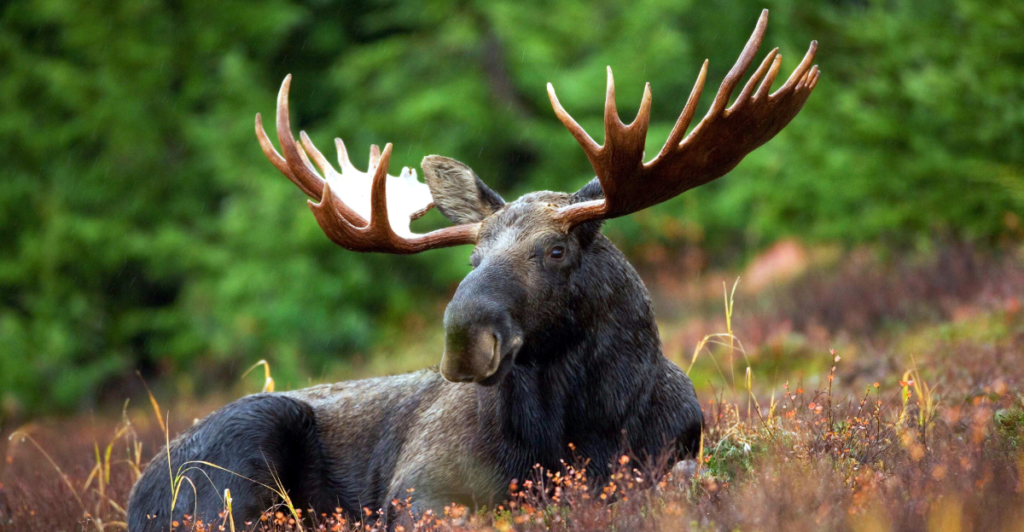
Adult moose (Alces alces) are imposing due to their size and defensive capabilities. While wolves do hunt moose, they often target calves or weakened individuals. A healthy adult moose can inflict serious injuries with its powerful kicks, making wolves cautious during such hunts. This risk assessment affects pack hunting strategies and prey selection.
Humans: Unpredictable Threats
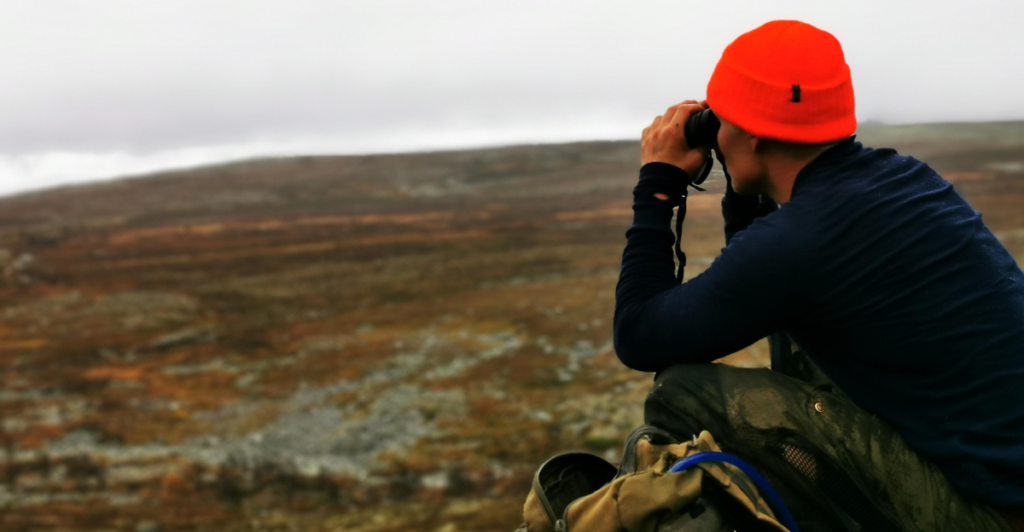
Historically, humans have persecuted wolves, leading to an ingrained fear. Wolves typically avoid human settlements and activities, recognizing the potential danger. This wariness is a survival adaptation, as human-wolf conflicts often produce lethal outcomes for wolves.
Orcas: Marine Predators
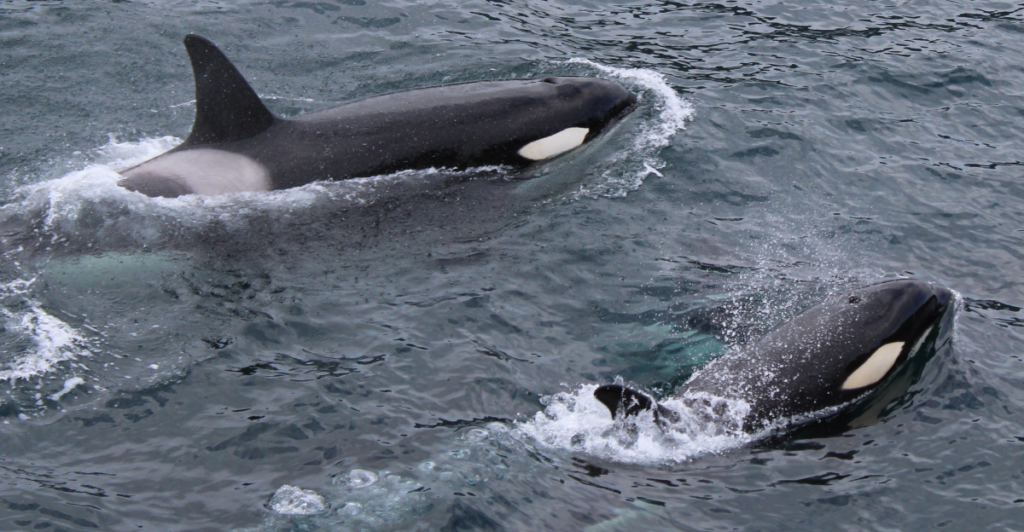
While rare, there have been instances of orcas (Orcinus orca) preying on swimming moose. This highlights the adaptability and opportunistic hunting behaviors of orcas in marine environments. Such interactions, though uncommon, demonstrate the complex food webs in coastal ecosystems.
Cougars: Stealthy Competitors
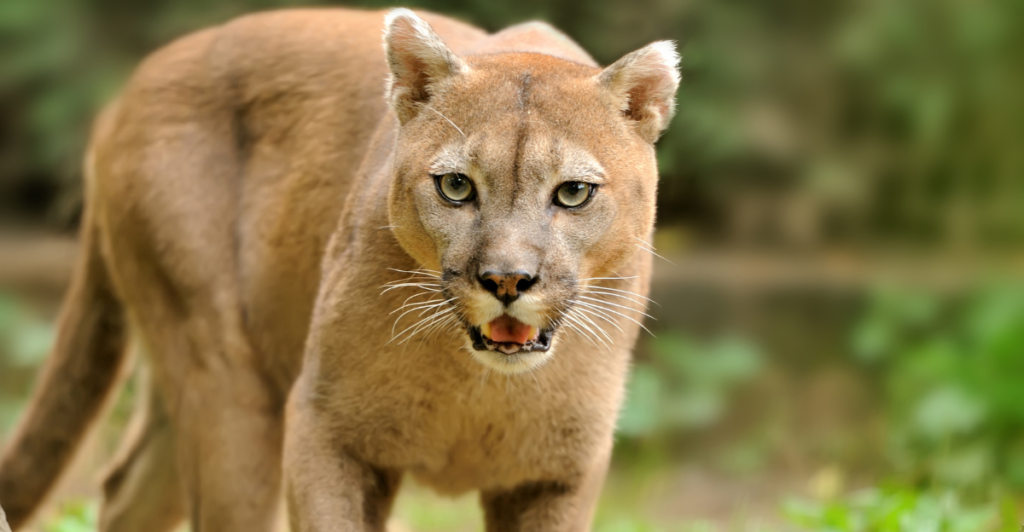
Cougars (Puma concolor) and wolves may compete for similar prey in regions where their habitats overlap. Cougars’ solitary and stealthy hunting methods differ from the pack strategies of wolves, leading to occasional confrontations. These interactions can influence territorial boundaries and hunting behaviors of both species.
Wolverines: Fierce Scavengers
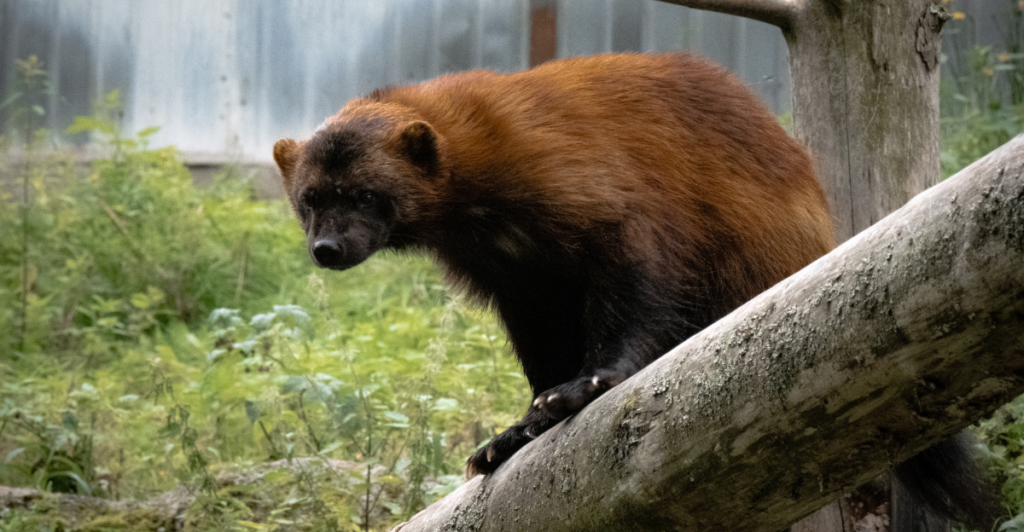
Despite their smaller size, wolverines (Gulo gulo) are known for their tenacity and strength. They can challenge wolves over carcasses, and their aggressive nature often deters wolves from engaging. This competitive scavenging behavior affects carrion availability and feeding opportunities for wolves.
American Black Bears: Opportunistic Competitors
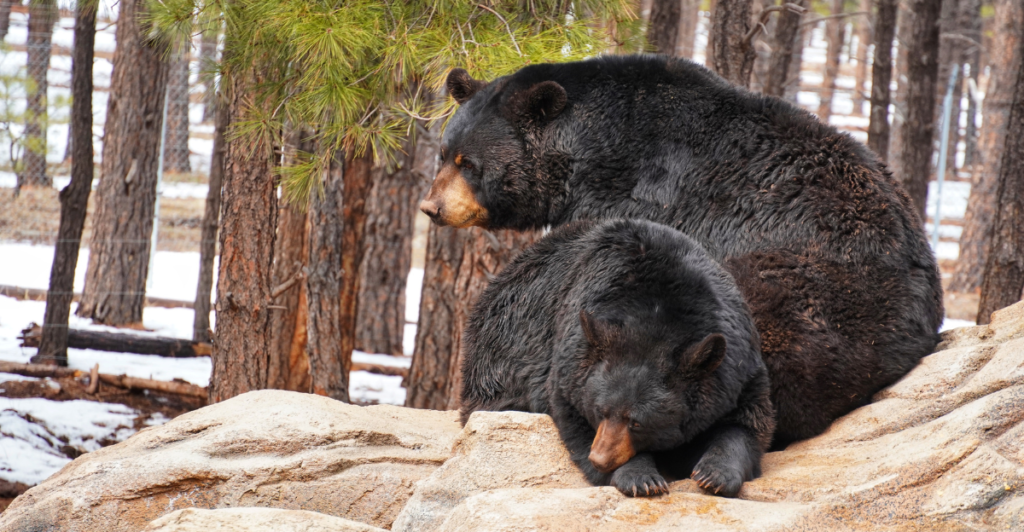
American black bears (Ursus americanus) may compete with wolves for food resources, especially during scarce periods. While generally less aggressive than brown bears, their size and strength can still challenge wolves. These interactions can alter wolves’ foraging strategies to avoid direct competition.
Bison: Powerful Herd Defenders
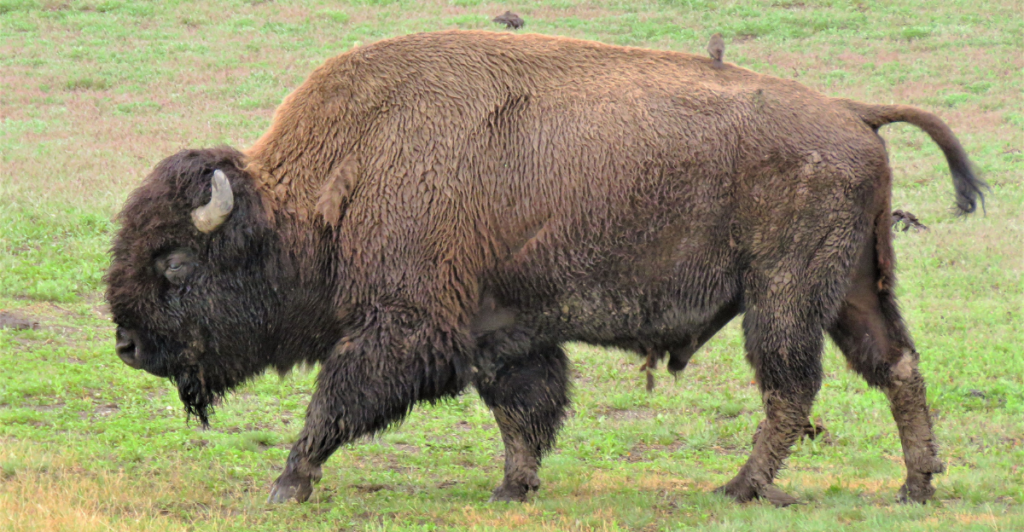
Bison (Bison bison) are formidable due to their size and herd defense behaviors. Wolves may attempt to hunt bison, but the risks involved, including potential injury from powerful kicks or charges, make them cautious. This danger influences wolves to carefully assess and strategize before engaging in such hunts.
Elk: Vigilant Prey
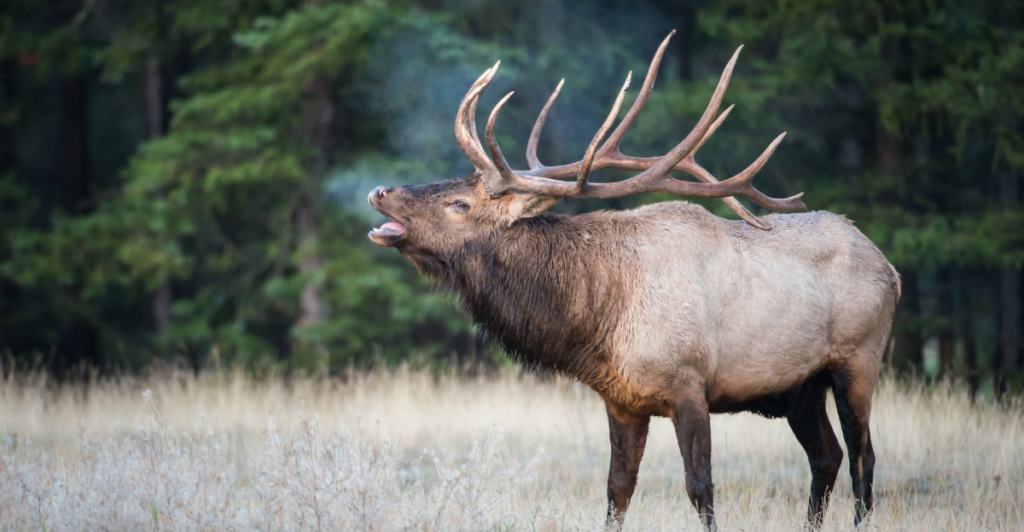
Elk (Cervus canadensis) are agile and possess keen senses, making them challenging prey. Their ability to detect and evade predators means wolves must employ strategic coordination during hunts. The energy expenditure and risk of injury in hunting elk require wolves to weigh the benefits carefully.
Domestic Livestock: Human-Protected Animals
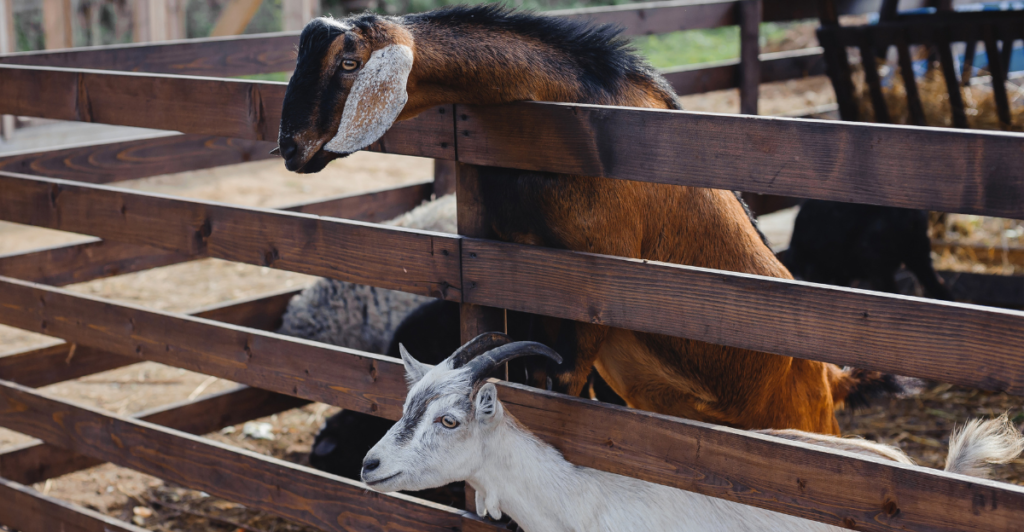
Wolves may prey on domestic livestock, but the presence of humans and protective measures (such as fencing and guardian animals) pose significant risks. This human-associated danger often deters wolves from targeting livestock, influencing predation patterns.
Other Wolf Packs: Territorial Rivals
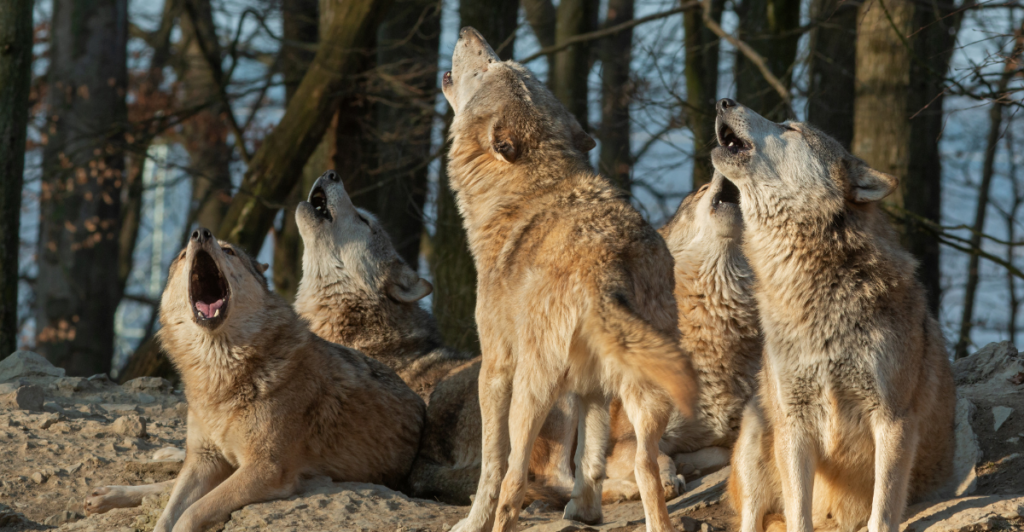
Wolves are territorial animals, and encounters with rival packs can lead to aggressive confrontations. To avoid potential injury or death, wolves often exhibit caution and avoid encroaching on territories of other packs. These territorial dynamics play a crucial role in population distribution and social structures.
Discover more of our trending stories and follow us to keep them appearing in your feed

There Will Be Eruptions”: Concerns Mount as Yellowstone Supervolcano Activity Shifts
Wolves Still Roam In These States in 2024—Is Yours On The List?
California Is Breaking Apart: A Fault Line Is Forming Faster Than Anyone Predicted
Philanthropist Promises To Cover $771.23M Annually After US Exit From Climate Accords
References:
Reference 1
Reference 2
This article first appeared here
Stay connected with us for more stories like this! Follow us to get the latest updates or hit the Follow button at the top of this article, and let us know what you think by leaving your feedback below. We’d love to hear from you!







